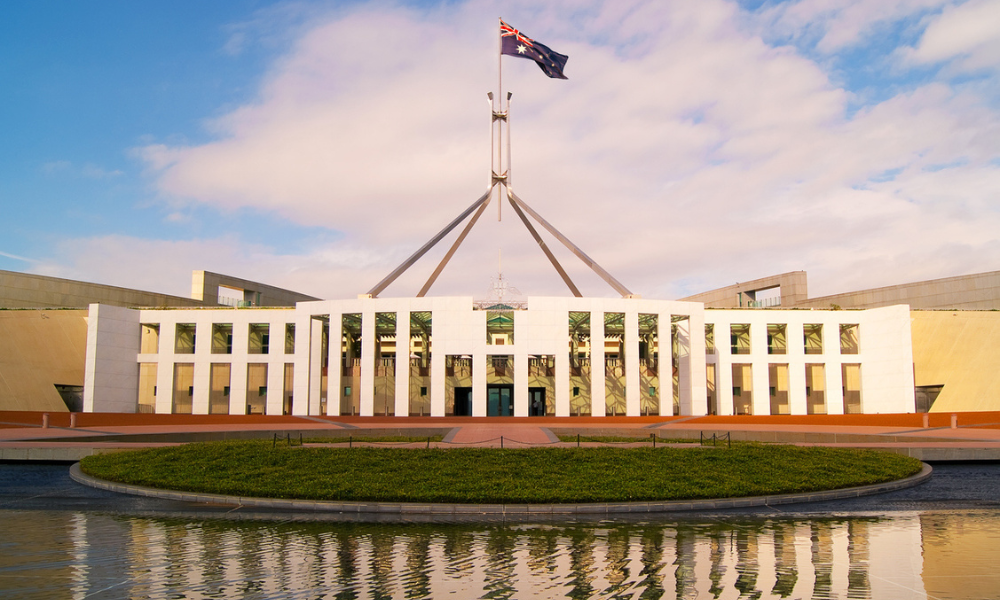At HSBC we’ve worked hard to encourage equal opportunities in the workplace and it’s been an interesting learning curve – on a local and a global level – and one where we’ve been driven to think beyond our typical banking boundaries
At HSBC we’ve worked hard to encourage equal opportunities in the workplace and it’s been an interesting learning curve – on a local and a global level – and one where we’ve been driven to think beyond our typical banking boundaries.
HSBC is a global bank serving some 125 million customers from nearly all the countries in the world –almost every nationality and ethnic group.
It’s an organisation which, when recruiting staff, actively looks for people who are culturally sensitive.
It’s an organisation which firmly believes that it should employ a workforce that reflects the diversity of the communities its serves because that’s an essential ingredient for our business success.
Nevertheless, HSBC is an organisation which today openly acknowledges that it is not diverse as it wants to be, particularly when it comes to the gender balance of its workforce.
Back in 2003, diversity became part of our global ‘people’ imperatives under HSBC’s Managing for Growth strategy.
In Australia, we recognised a need for greater diversity in our local business at the same time. So HSBC’s diversity journey in Australia started.
We built a business case around four factors, including competition and the need to maintain a leading position in our target markets; developing and motivating the best talent; engagement of our workforce and good governance – a brand that stands for exceptional customer experience; and corporate social responsibility. Then we looked at implementing it through various tactics.
We established a diversity committee chaired by the CEO and made up of employees from around the business who became diversity champions within the business, provided valuable input into new initiatives and drove actions internally.
We looked at our policies and we transformed maternity leave into primary carer leave of 52 weeks with 12 weeks paid leave, and secondary carer leave was introduced.
We also established a flexible work policy with options of part-time (reduced hours per week) or job share, working from home, flexible start & finish times to cater for outside commitments and a compressed working week.
An internal mentoring program was introduced and a childcare centre established.
But soon we realised that we needed more than tactics. We realised if our diversity strategy was to last beyond the tenure of those leaders who were championing it and if we are to truly shift our demographics, we needed to create a cultural shift.
We recognised that a fundamental barrier to diversity is culture, so we launched a strategy of ‘inclusiveness’ that aimed to create a shift in attitude among our management and our people.
That attitudinal shift was based on a number of tenets: that you get better value and better results from a diverse team, and having respect for those different points of view inspires loyalty and engagement among employees and customers.
This translates directly into organisational success. It began with diversity workshops, which we rolled out initially to HSBC Australia’s leadership and senior management team. This equipped them with the skills and empathy required to lead diverse teams in an inclusive way.
These sessions emphasised that diversity is more than just the visible attributes of diversity such as gender, age and physical ability. It’s about valuing invisible attributes as well – including different ways of communicating, thinking and problem solving.
And we’ve made great inroads. Our managers don’t see diversity as an obligation; they see it as an opportunity. But we still have a long way to go.
As we strategise about diversity and tirelessly try to effect cultural shifts to produce tangible results, the old adage ‘what gets measured gets done’ comes to mind. Ultimately it raises the question: perhaps we should be setting targets for proportion of women in management after all?
I believe that by being bold, will we reap the greatest rewards diversity has to offer.
By Eva Freedman, HR manager, HSBC Bank Australia








